Kraków 2023-02-23
Diesel locomotives.
Diesel locomotive Ls300E, SM30.
The diesel locomotive type 1D (Ls300E), which received the designation SM30 on PKP, was the first successful Polish diesel locomotive with an electric transmission. The design of the locomotive was developed in the Central Design Office of the Rolling Stock Industry in Poznań in the period 1954 - 1955. The locomotive in the office had the designation 1D. From 1957, the locomotive was produced in series at the Locomotive Factory in Chrzanów, as the factory type Ls300E.
The prototype of the SM30 locomotive was built in 1955. Initially, the locomotive had the designation LWe55, which was changed to Ls300. In 1957, the Fablok company started the production of Ls 300 locomotives, which were marked SM30 in PKP. Until 1970, 302 copies were delivered to PKP.
The locomotive was based on components manufactured in Poland. The locomotive was commonly referred to as "a cross between a tank and a tram". The locomotive performed very well as a shunting locomotive and for driving light trains with a total weight of up to 300 tons. The locomotive was powered by a Wola V-Roka 300 diesel engine with a power of 300 hp. The engine has a 12-cylinder V arrangement. The engine has no supercharger and no flywheel. Dry sump type.
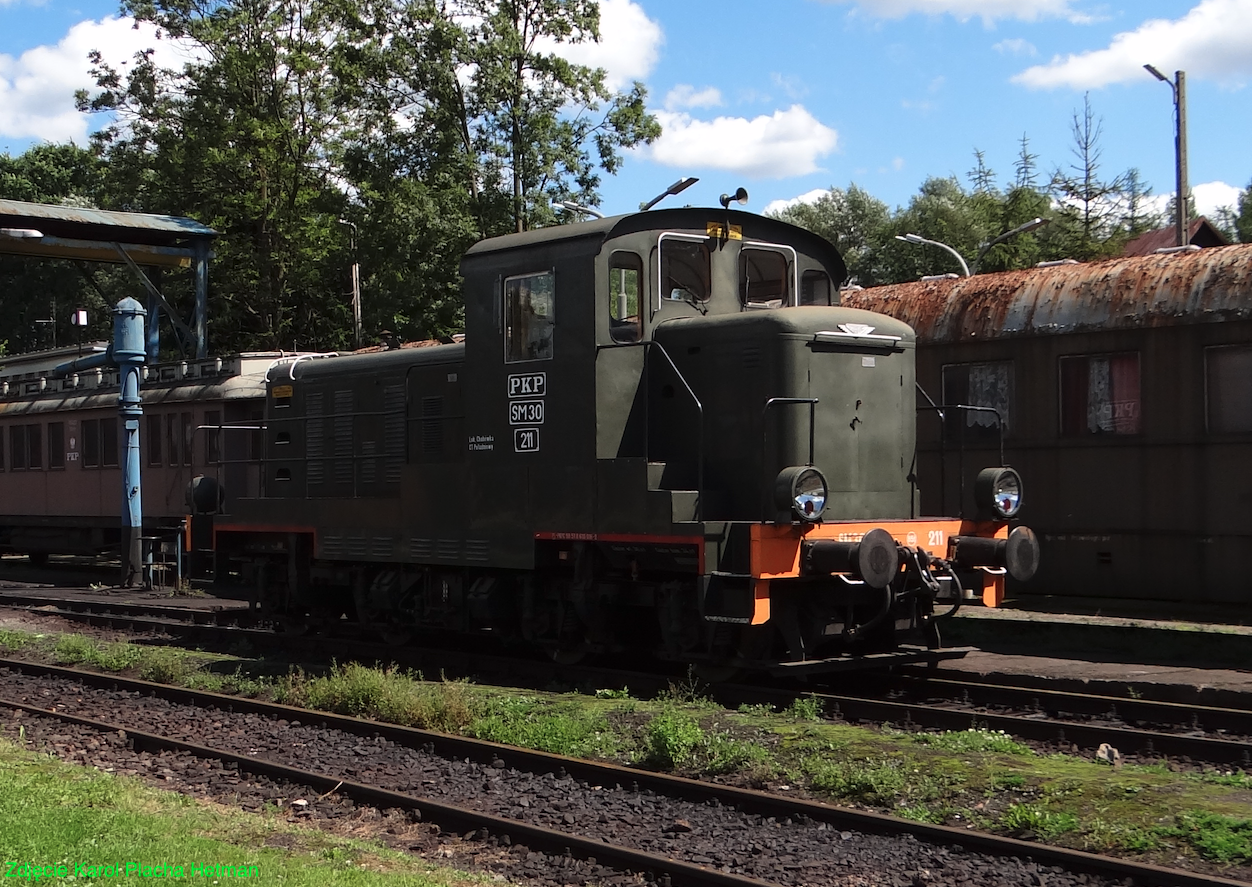
MAVAG DVM2-2, SM40 diesel locomotive.
In 1958, the Hungarian company MAVAG produced 10 SM40 shunting locomotives for PKP. In Poland, the locomotive was initially designated LMe58. The factory designation is DVM2-2. The locomotives have an electric transmission, but they were the first locomotives in Poland in PKP with multiple control. The first copies of the SM40 were stationed at DOKP Kraków and Szczecin. The last locomotive of this type was withdrawn in 1992.
The SM40 locomotive has the Bo'Bo' axle arrangement. The service weight is 62,000 kg. Length 11.29 m. Width 3.05 m. Height 4.44 m. Wheel diameter 1.04 m. Diesel engine XVI Jv 170/240, 16-cylinder, 440 kW (600 hp). Four electric motors. Design speed 80 km/h. Knorr brake system, screw hand brake. There is no heating system, and the driver's cab is gravitationally heated by the internal combustion engine.
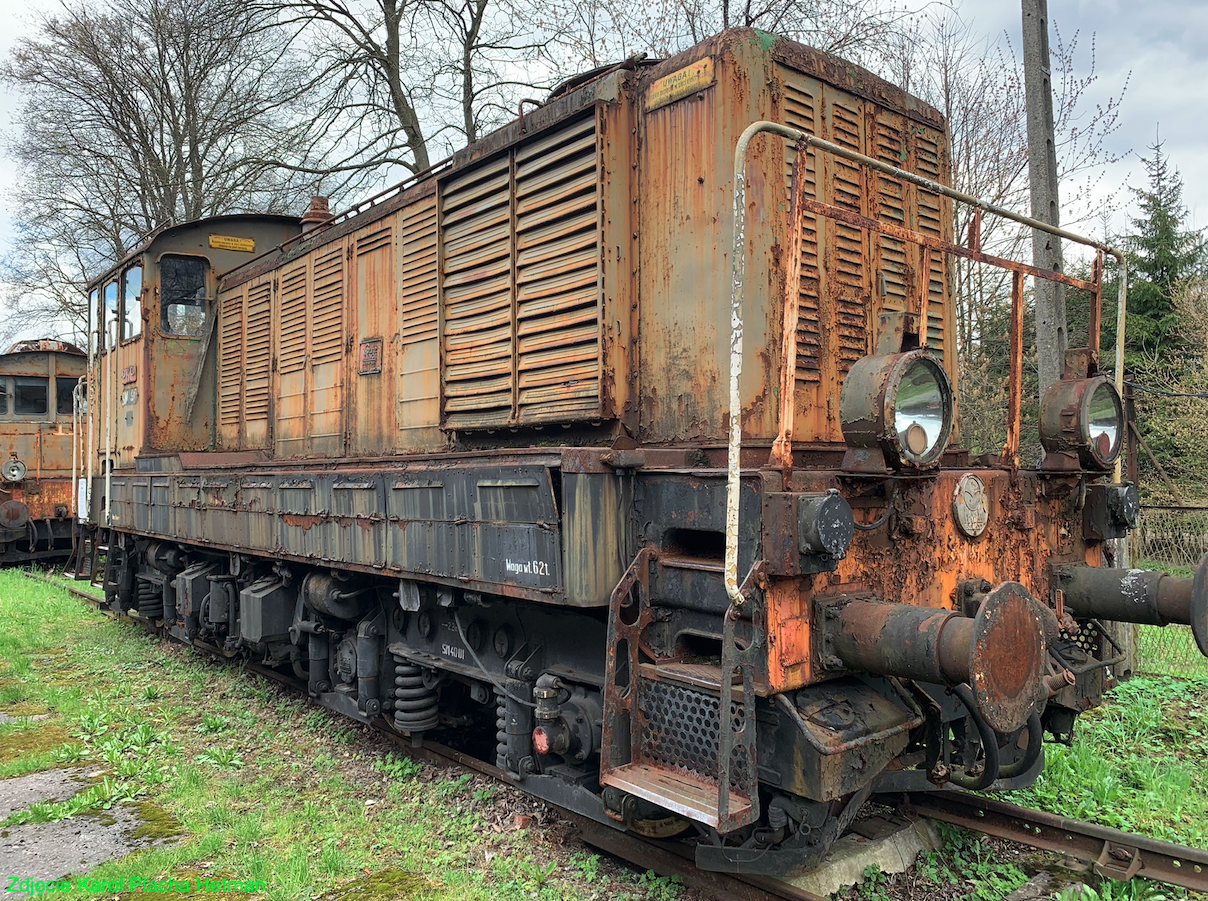

MAVAG - GANZ DVM2-2, SM41 diesel locomotive.
In 1959, in Hungary, two MAVAG - GANZ plants merged into one company. After the delivery of MAVAG DVM2-2, SM40 locomotives to Poland, further deliveries of locomotives followed. In the period 1961 - 1968, 263 locomotives were delivered to Poland, which in Poland were marked SM41. They were bought for PKP and for industry. These locomotives differed in many details from the SM40, which is why they were given the designation SM41. The SM41 locomotive weighs 61,800 kg. The basic data is the same. In PKP, locomotives worked in DOKP: Kraków, Tarnów, Rzeszów, Żurawica. Later, these locomotives also went to DOKP Katowice, Wrocław, Poznań, Szczecin, Gdańsk. Even in 2020, few locomotives were in shunting work.
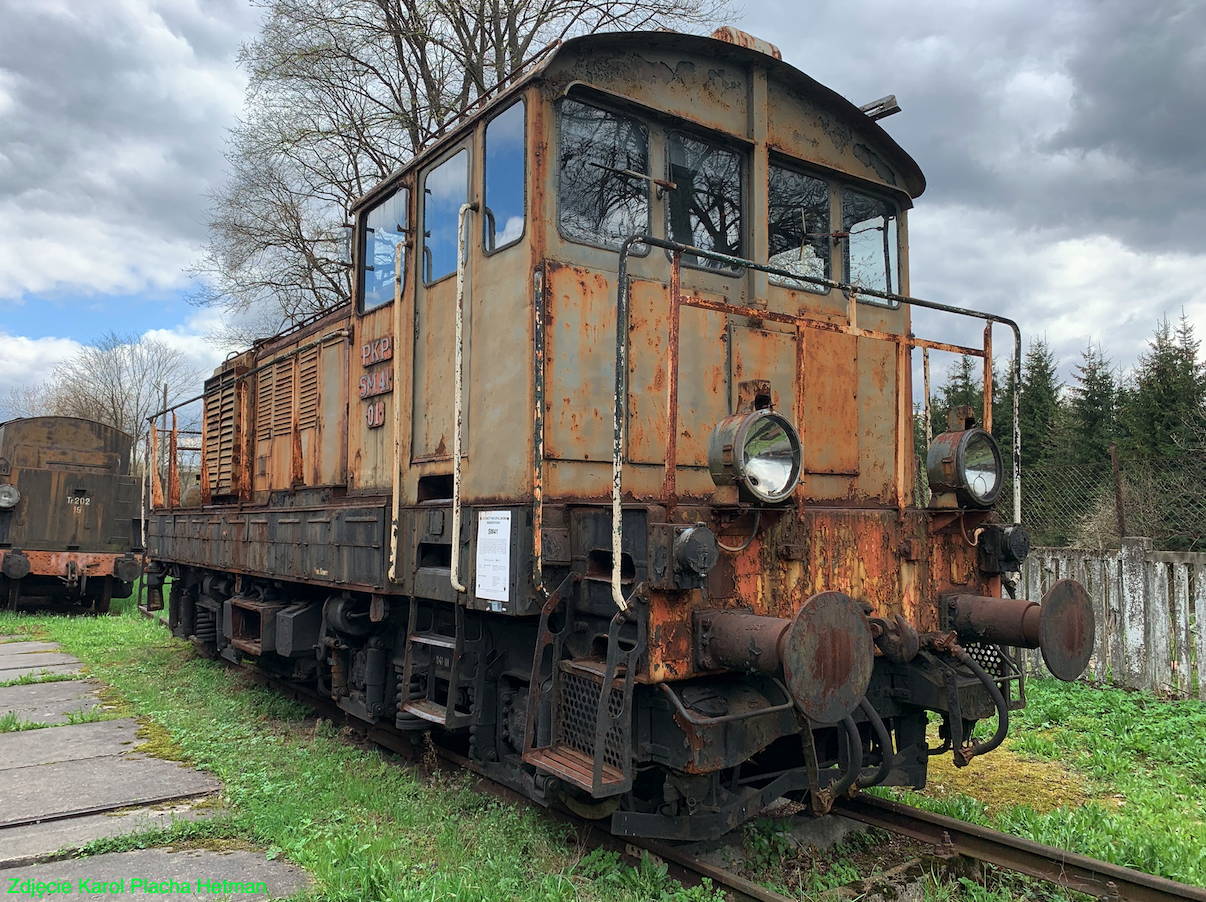
FABLOK SM25 series diesel locomotive, type 9D350.
In 1961, the FABLOK factory produced the first locomotive of the SM25 series, type 9D350, with a hydraulic transmission. Until 1963, only 3 copies were delivered, because the locomotive was unsuccessful. The problem was the hydraulic transmission, which had very little efficiency.
Diesel locomotive Electroputere, Romania, type 060DA, series ST43.
In the 1960s, the lack of line locomotives on non-electrified routes for heavy freight trains was already noticed. PKP did not want to buy M62 locomotives, which were pressed on us only at the end of the 70s. The M62 (ST44) locomotives are and have been the least economical locomotives in the world. The first contract with Romania for 30 060DA locomotives was concluded during the Poznań International Fair in June 1964. In Poland, the locomotives were marked as the ST43 series, and the railwaymen called them colloquially "Romanian". In the period 1965 - 1978, as many as 422 copies of the ST43 series were delivered to PKP. ST43 locomotives with 12LDA28 engines were delivered to Poland, and from the ST43-156 with 12LDS28B engines.
ST43 locomotives were assigned to service freight trains, initially at DOKP Poznań. In the following years, ST43 locomotives were directed to passenger trains that had their own heating cars. Although ST43 is a typical mountain locomotive, it was transferred to the locomotive depot in Nowy Sącz only in 1975. Over time, their area of work became Lesser Poland, Sudetes, Podkarpacie, Roztocze, Bialystok and Masuria. When the ST43 and ST44 locomotives were used simultaneously in Poland, it turned out that the "Romanian" is much better.
T-T data of locomotive 060DA / ST43: Manufacturer Electroputere, Romania. Length with buffers 17,400 m. Width 3,000 m. Height 4.435 m. Co'Co' axle arrangement. Outer wheelbase 4,100 m. Wheel diameter 1,100 m. Service weight 118,000 kg. Individual or multiple control. Design speed 100 km/h. 12LDA28 or 12LDS28B engine, 2,100 hp (1,544 kW). Knorr/Oerlikon brake system.
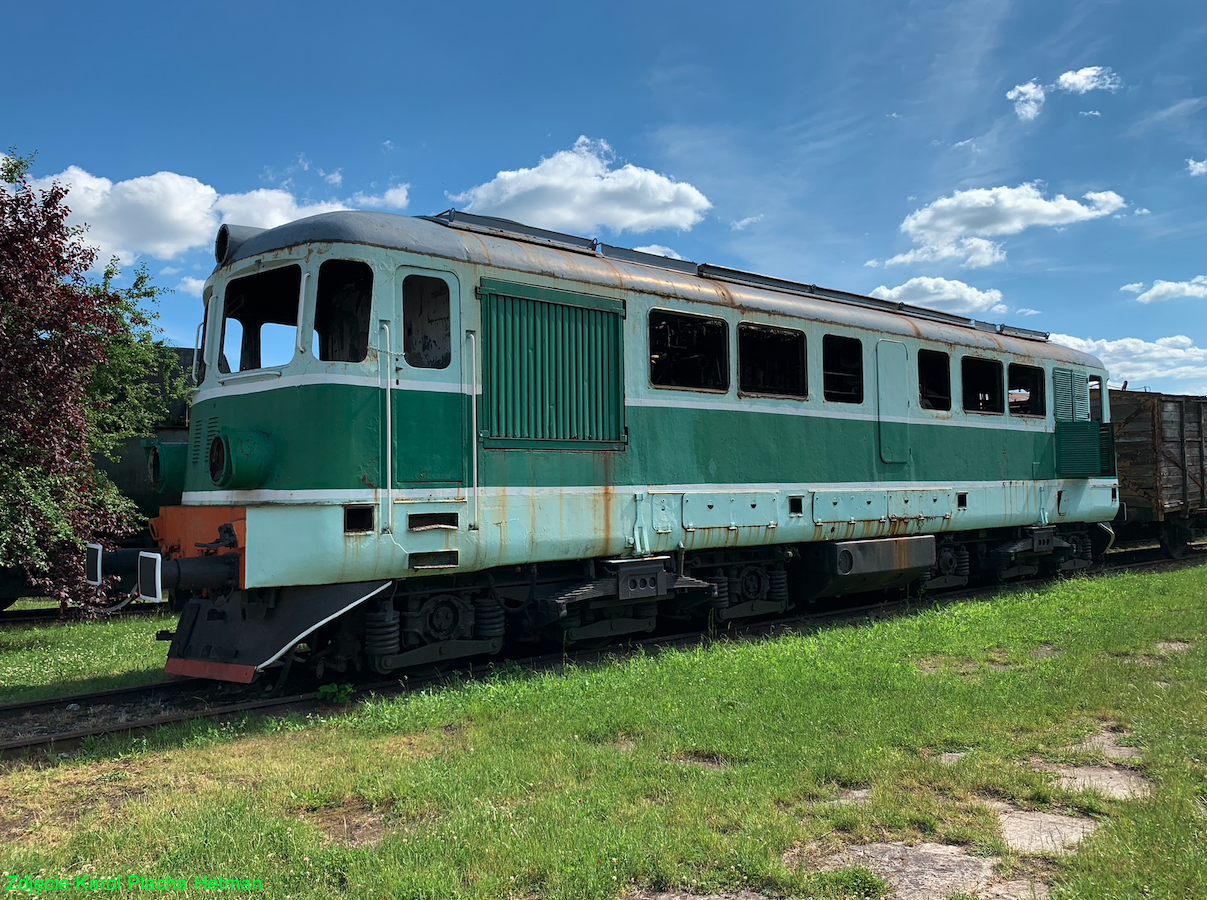
FABLOK diesel locomotive type 6D (Ls800E), SM42 series.
In 1964, a prototype of the SM42 locomotive was created at the Fablok factory. Serial production started. 1,157 copies went to PKP, over 600 copies to industry, 37 copies to Morocco. Production continued until 1992. SM42 is the best Polish shunting and track locomotive, individual copies of which are subject to deep modernization. As a result, completely new, modern vehicles are created that are used in industry, in shunting work at railway stations and in passenger trains.
In the period 1958 - 1962, the Central Office of Construction of the Rolling Stock Industry in Poznań developed technical documentation for a medium-power diesel locomotive, which was marked in the office as type 6D. The locomotive was modeled on the layout of the SM30 (Ls300E) locomotive and solutions of locomotives imported from Hungary, SM40/SM41. The prototype was commissioned to the Fablok Locomotive Factory in Chrzanów. In December 1963, the prototype of the Ls800E locomotive, serial number 6276, was ready for technical tests. In the designation: L - locomotive, s - diesel, 800 engine power (KM), E - electric transmission. This locomotive in PKP was marked SM42-001. In the designation: S - combustion, M - shunting, 42 - model, 001 - consecutive number.
Despite marking the SM42 locomotive as a shunting locomotive, in fact PKP wanted the machine for lighter passenger and freight trains on non-electrified routes, so as not to send heavy ST43, ST44 locomotives. SM42 locomotives revived passenger traffic on local routes and gradually displaced heavy steam locomotives.
From 1970, SM42 locomotives were also purchased by industrial plants: steelworks, mines, quarries. For industry, the SM42 locomotives had only one fuel tank and multiple controls were abandoned. In the period 1963 - 1992, a total of 1,822 SM42 locomotives were built.
SM42 T-T data: Bo'Bo' axle arrangement. Wheel diameter 1.10 m. Overall length 14.24 m. Width 3.17 m. Height 4.40 m. Curb weight 64,000 kg. Service weight 71,000 kg. Top speed 90 km/h.
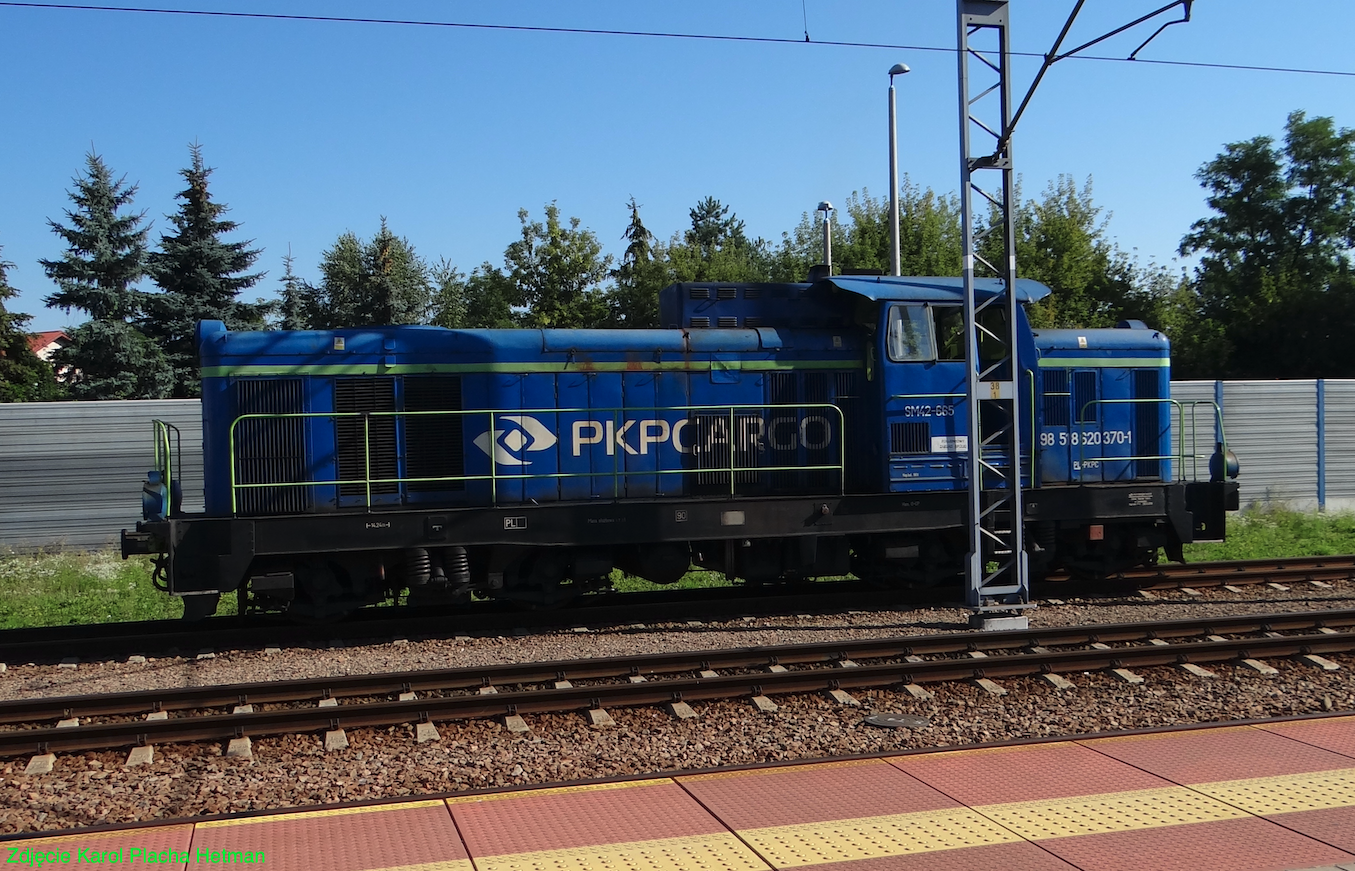
CCCP ŁTZ M62 diesel locomotive, SM44 series.
In 1966, the first Russian ŁTZ M62 locomotives, marked in the PKP series ST44, were delivered to Poland. Until 1988, 1,182 copies were delivered. Their import slowed down the development of Polish diesel locomotives of the HCP plant, type SU45, SU46, SP47, which will be discussed in the next chapter.
ŁTZ M62 (ST44) is a Russian diesel locomotive, which was produced by Luganskij Tieplowozostroitielnyj Zawod in Luhansk for CCCP and other socialist countries of the Council for Mutual Economic Assistance and North Korea. The locomotive is popularly called "Gagarin" or "Ivan". M62 (ST44) locomotives were produced in the period 1965 - 1988.
The locomotive combined all the typical features of machines from the Moscow state: high power, high weight, low quality of components used, low quality of workmanship, high failure rate, spartan working conditions for mechanics and low operating economy. The mechanic's cabin was neither heated nor air-conditioned.
The M62 (ST44) locomotive is a diesel locomotive with an electric transmission, i.e. the so-called three-machine. The internal combustion engine type 14D40 was used: Dezel, two-stroke, 12-cylinder, V-shaped, powered by a sectional pump, supercharged by a compressor and turbocharger, without intercooler, cubic capacity 151,000 cm3, compression ratio 14.5, maximum power 2,000 HP, rotational speed up to 750 rpm, engine weight 12,500 kg. Each cylinder has 4 exhaust valves. There are no intake valves. The engine is characterized by high consumption of lubricating oil (two-stroke engine), minimum 5 liters per hour of operation. For this reason, the engine smokes a lot and pollutes the environment. The engine has no installation to preheat it to facilitate starting in sub-zero temperatures. As a result, the engine loses compression in a few months and becomes fuel and oil-consuming. A generator is permanently connected to the internal combustion engine, which generates electricity that powers 6 electric motors of the ED-118AU2N type. The internal combustion engine was produced at the Kolomna plant.
Data ST44, M62: Co'Co' axis system. Wheel diameter 1.05 m. Length 17.55 m. Height 4.62 m. Width 2.95 m. Weight 116,000 kg. Fuel tanks with a total capacity of 3,900 liters. Top speed 100 km/h.

Written by Karol Placha Hetman
